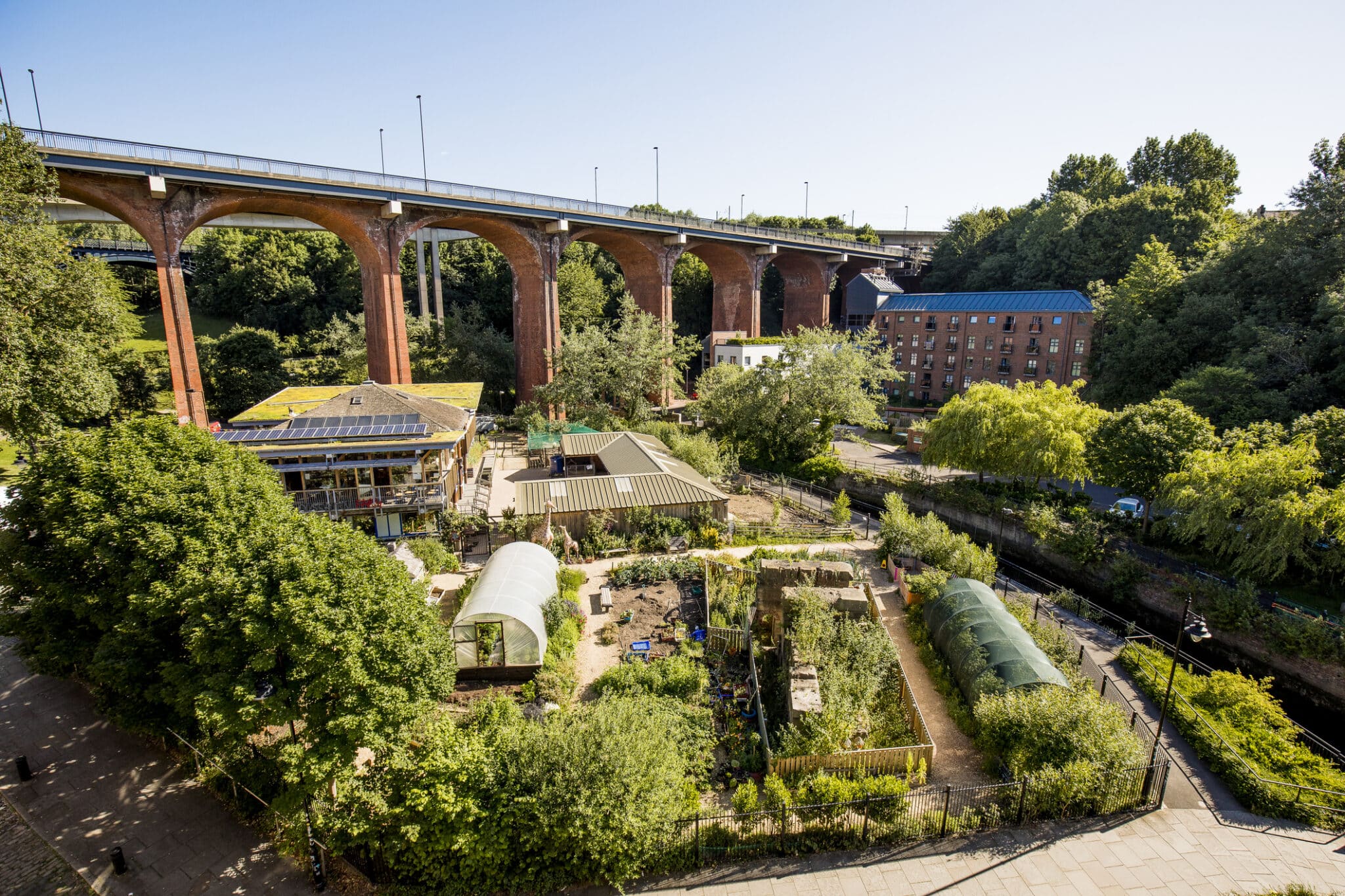The Basic Principles Of City Blooming
The Basic Principles Of City Blooming
Blog Article
The City Blooming PDFs
Table of ContentsSome Known Details About City Blooming The City Blooming DiariesThe Of City BloomingCity Blooming Things To Know Before You Get ThisHow City Blooming can Save You Time, Stress, and Money.
Fascinated in expanding food for sale in the City of Chicago? Below is a listing of regularly asked concerns regarding the policies and guidelines that growers must consider when planning a city farming task.
The zoning amendment does not modify any type of other codes managing composting, building licenses, purchasing or leasing City possessed residential property, company licenses or ecological contamination. There are existing codes that control these issues and they stay completely result and may apply to your job. Community gardens are usually had or handled by public entities, civic companies or community-based companies and preserved by volunteers.
Urban ranches grow food that is meant to be marketed, either on a not-for-profit or for-profit basis. Due to their industrial function, city farms need a service license.
The Best Strategy To Use For City Blooming
The quantity of compost product can not surpass 25 cubic yards at any offered time according to the requirements in 7-28-715 of the City's Municipal Code. Since the soil at a lot of brand-new garden websites needs modifying, compost, soil, wood chips, or various other products can be acquired to construct or boost the growing room.

If a building permit is called for then the hoophouse will be thought about an accessory building. You can learn more regarding the building permit demands by getting in touch with the Division of Structures. The 25,000-square-foot size limit is planned to stop a single neighborhood yard from controling an offered block or diminishing the block's existing domestic or business character.
The limitation does not use to gardens situated in Public Open Space (POS) districts. Can there be more than one area garden that is 25,000 square feet on a single block? Fence is not called for, nevertheless, yards that have huge car park locations might be required to set up fencing or various other landscaping functions.
More About City Blooming
B1 & B2 districts require that all industrial use tasks be performed indoors. Is fence needed for urban farms? Fences may be needed, along with landscaping and testing, for specific parking areas and exterior work or storage space areas depending on area and the details task taking location.
Urban ranches need structure licenses and zoning approvals prior to building (landscaping). Other forms of city testimonial might be called for depending on details frameworks, activities, dimension, landscaping, licensing, public heath and stormwater management issues.
The Division of Organization Affairs and Consumer Security can aid identify the certain type of company certificate that's required. Off road car parking is required for a lot of commercial tasks in Chicago. The needed number of car parking rooms is based on the number of employees functioning on site and not the square footage of the growing area.
The Ultimate Guide To City Blooming

A city ranch can offer compost product created on website, nevertheless, the operation should comply with the policies in 7-28-715 of the Chicago Municipal Code. Aquaponic systems are enabled inside on urban farms in numerous zoning districts.
Up to 5 hives or swarms of honey may be kept as an accessory use. Beekeepers should sign up with the Illinois Department of Agriculture. To find out more regarding the recommended zoning modification you might speak to the Department of Housing and Economic Growth, Bureau of Planning and Zoning at 312.744.8563.
Farming in cities and urban areas A metropolitan ranch in Chicago. Urban farming describes various practices of growing. https://cityblooming.weebly.com/, processing, and distributing food in metropolitan locations. The term also applies to the location activities of pet husbandry, tank farming, beekeeping, and gardening in an urban context. Urban farming is differentiated from peri-urban agriculture, which occurs in backwoods beside suburbs.
The City Blooming Ideas
, who look for to form social networks established on a shared values of nature and area holism. These networks can create by way of formal institutional support, coming to be incorporated right into neighborhood town preparation as a "transition community" movement for sustainable urban advancement.
In either instance, the more straight accessibility to fresh veggie, fruit, and meat items that might be become aware via urban farming can enhance food safety and food security while lowering food miles, causing lower greenhouse gas exhausts, thereby adding moved here to environment change mitigation. Some of the initial evidence of urban agriculture comes from Mesopotamia.
Report this page